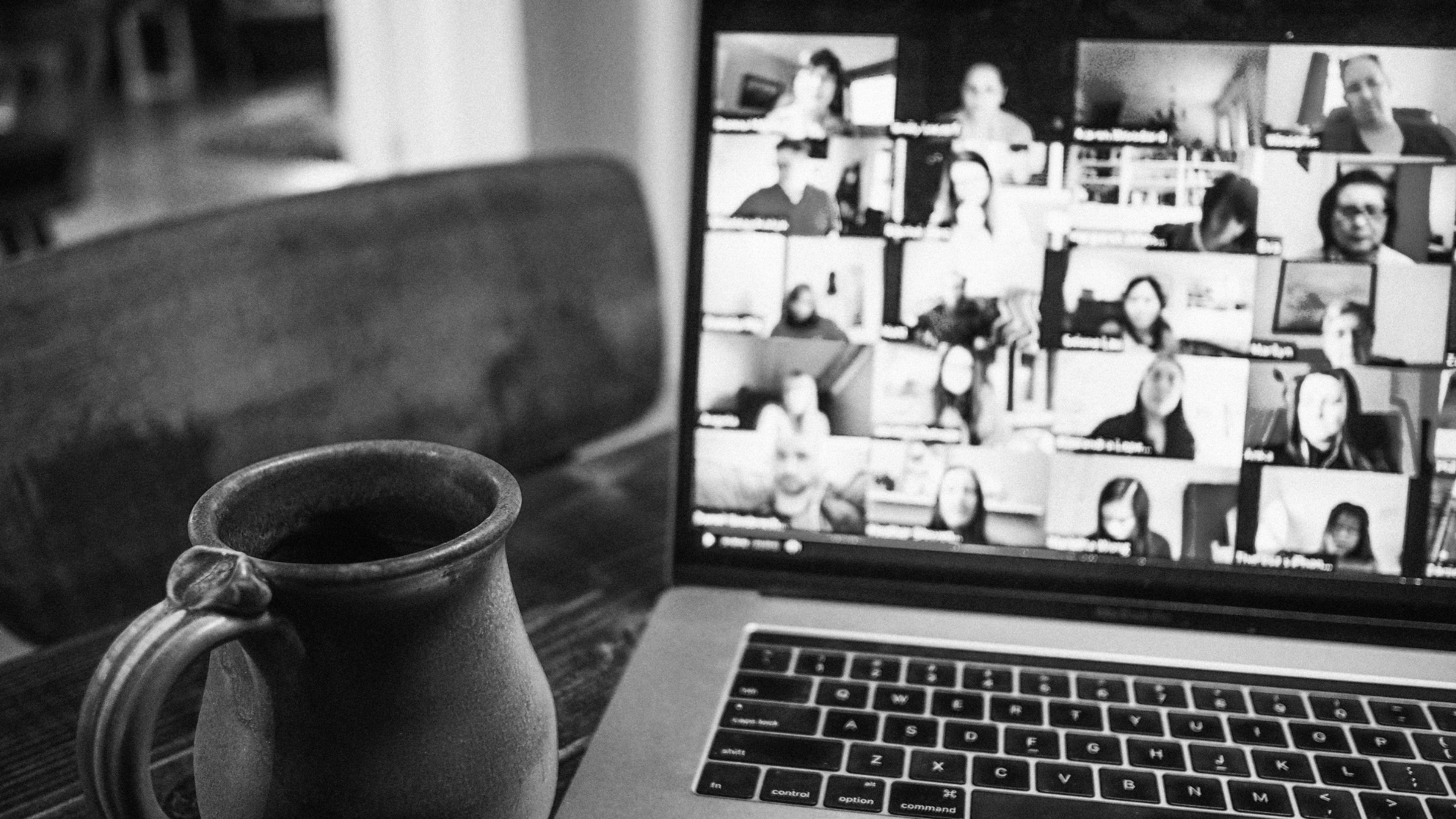In the “modern” business landscape, teams are made up of all types of personalities and demographics as diversity and inclusion efforts are prioritized by leadership teams. Through 2021 and beyond, we will only see more of this.
In a survey on remote work conducted by my company, Owl Labs, 80% of employees said they expect to work from home at least three days a week, indicating hybrid work is here to stay. These new workflows can level the playing field for employees, specifically those who typically wouldn’t speak up during in-person meetings.
Therefore, the joining together of various backgrounds and communication styles will be crucial for success in the hybrid workplace and particularly, in team meetings. Here’s how the virtual setting is democratizing meetings.
ANYONE CAN TAKE CENTER STAGE
In traditional in-person meeting scenarios, the leadership team, as well as those presenting topics, are typically located at the front of the conference room. These people understood to “have the floor.”
Team members who are more timid or introverted in nature could see this as intimidating and feel reluctant to share their ideas or actively participate. Now with in-person meetings less likely, this initial barrier is brought down and opportunities to participate is opened up.
While conference calls or video meetings can have a team member leading or a designated host in presenter mode, it’s easier for someone else to swiftly take the floor and bring their ideas to the virtual table, giving more opportunities for meaningful discussion and idea sharing. These collaborative opportunities are invaluable to leadership, due to the outpouring of organic and free-flowing dialogue, where they are able to hear from their teams, firsthand.
REINVENTED NON-VERBAL CUES
It’s human nature for us to communicate or express ourselves in ways other than spoken or written word—it also plays a large role in business. Non-verbal communication is key for teamwork, and that’s the same in a hybrid environment. However, while we can still pick up on a few non-verbal indicators, it’s more difficult to correctly interpret these in a video format. Therefore, it’s even more important for teams to pay attention to body language.
Video conferencing has been a champion during the pandemic and has implemented features, such as virtual hand raising or the ability to message the whole team or individual with a question; both options make sure a team member’s questions are getting heard—even if they aren’t speaking up. In a digital-first work setting, even leveraging the plethora of diverse emojis is a great ways to communicate understanding, questions, excitement, or confusion. To enable effective hybrid work, companies from enterprise to small and medium-sized businesses need dynamic video conferencing solutions and technologies so teams don’t miss questions or a nuanced communication cue.
RISE OF THE BREAKOUT ROOM
Typically after team meetings, our company rarely meets in smaller groups, unless we’re at a special off-site retreat. And even when if we do, it’s usually with our day-to-day teams and doesn’t necessarily provide a chance to bring up questions or concerns about larger issues.
Following video meetings, little leg work is needed to have breakout sessions; it only requires a click of a button. This is an underutilized channel that leaders should be incorporating into routine meetings, because these breakout rooms can be less stressful and intimidating for those who normally wouldn’t speak up in all-hands meetings. By making smaller touch bases more regular and seamless, ideas and concerns can actually be more widely discussed and passed up the ladder to the C-suite.
Hybrid meetings took a bit for employees to get the hang of, but now that we’ve had nearly a year of practice, we’re leveling up our ability to make them impactful—not just for your traditional office leaders or personalities. Executives and HR teams are always looking at ways to make business practices more inclusive, from hiring to promotions; it’s time we make conversations democratized through hybrid meetings. This more open style of collaboration enables team members with different work styles, personality types, and communication preferences to have their voices heard equally.
Frank Weishaupt is the CEO of Owl Labs, a collaborative tech company revolutionizing how organizations of all sizes communicate. Owl Labs is a pioneer in the work-from-anywhere movement, through its work developing the award-winning Meeting Owl Pro and its annual State of Remote Work report.
Recognize your brand’s excellence by applying to this year’s Brands That Matter Awards before the early-rate deadline, May 3.
